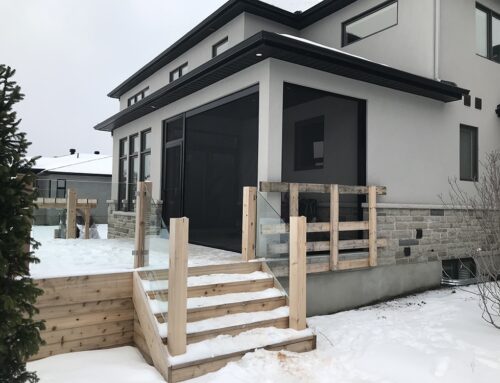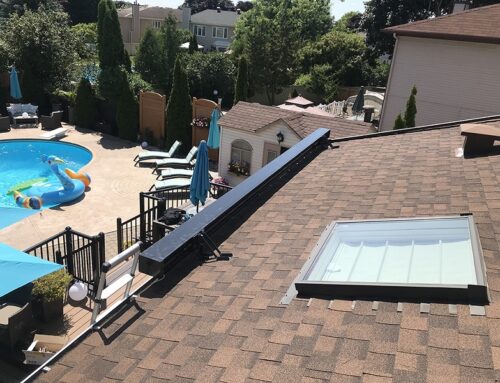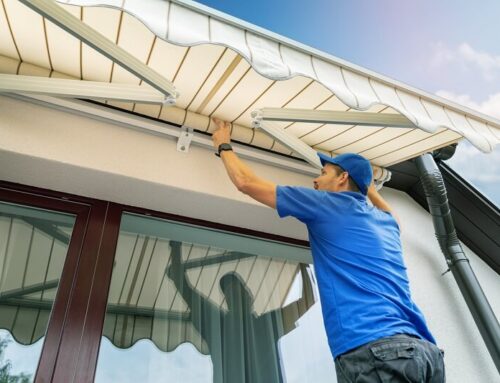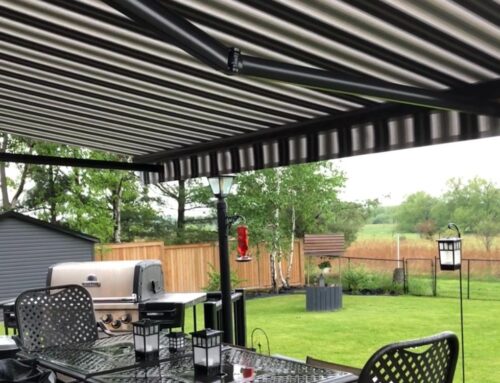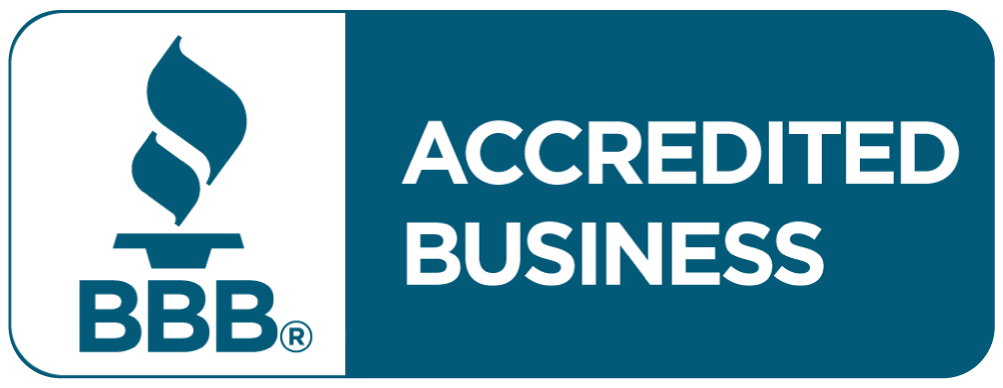Is an awning an opportunity to be more energy efficient?
Awnings are becoming increasingly popular, as they provide a great way to make more out of your outdoor space. Because the sunniest spots of your home are usually found on the southern exterior wall, awnings are very often placed over southern windows or doorways. Rather than simply using your awning to create a shaded area, protected from Mother Nature, people have discovered that these awnings present an opportunity to create power, through the installation of solar panels.
Solar energy is radiant light and heat from the sun that can be harnessed through the utilization of solar panels. This type of energy is highly appealing as a source of electricity, because it is so accessible. Either flat or south facing slopes are ideal for solar panel installation. You can install solar panels at home or up at a family cottage on southern facing awnings, and use them as a backup energy source in times of other power failures. The average residential solar electric system will be able to back up power to your fridge and deep freeze along with a couple of lights if you can allocate the energy efficiently.
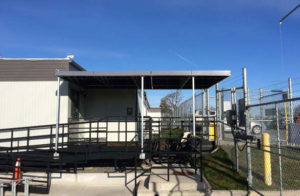 Any person or business can install a solar electric system on their fixed aluminum awnings. Most solar panels have a 25 year lifespan to create energy for your home. The cost up front will be paid for depending on how many panels you are able to install on your property. Ideally, 200 square feet can provide an optimal rate of return. This likely requires solar panels on awnings and on the southern facing portion of your rooftop as well.
Any person or business can install a solar electric system on their fixed aluminum awnings. Most solar panels have a 25 year lifespan to create energy for your home. The cost up front will be paid for depending on how many panels you are able to install on your property. Ideally, 200 square feet can provide an optimal rate of return. This likely requires solar panels on awnings and on the southern facing portion of your rooftop as well.
You can attach solar panels to your awning or rooftop using a variety of methods, but one of the most common is with the use of Fast-Rack systems. This system is perfect for fixed aluminum awnings or commercial awnings. These mounting systems secure modules to the roof with low profile brackets covered with anodized trim pieces. They have self-sealing attachments that keep panels secure and watertight.
Another option for residents of Ontario is participating in MicroFIT. This program allows residents to receive payments for solar electricity generated on their property to be delivered to the utility. The Ontario Power Authority will pay the home owner per kilowatt/hour for roof mounted system. You can apply for a MicroFIT contract online via the Ontario Power Authority’s MicroFIT site and includes things like electric and building permits as well as permission to connect from your utility.
